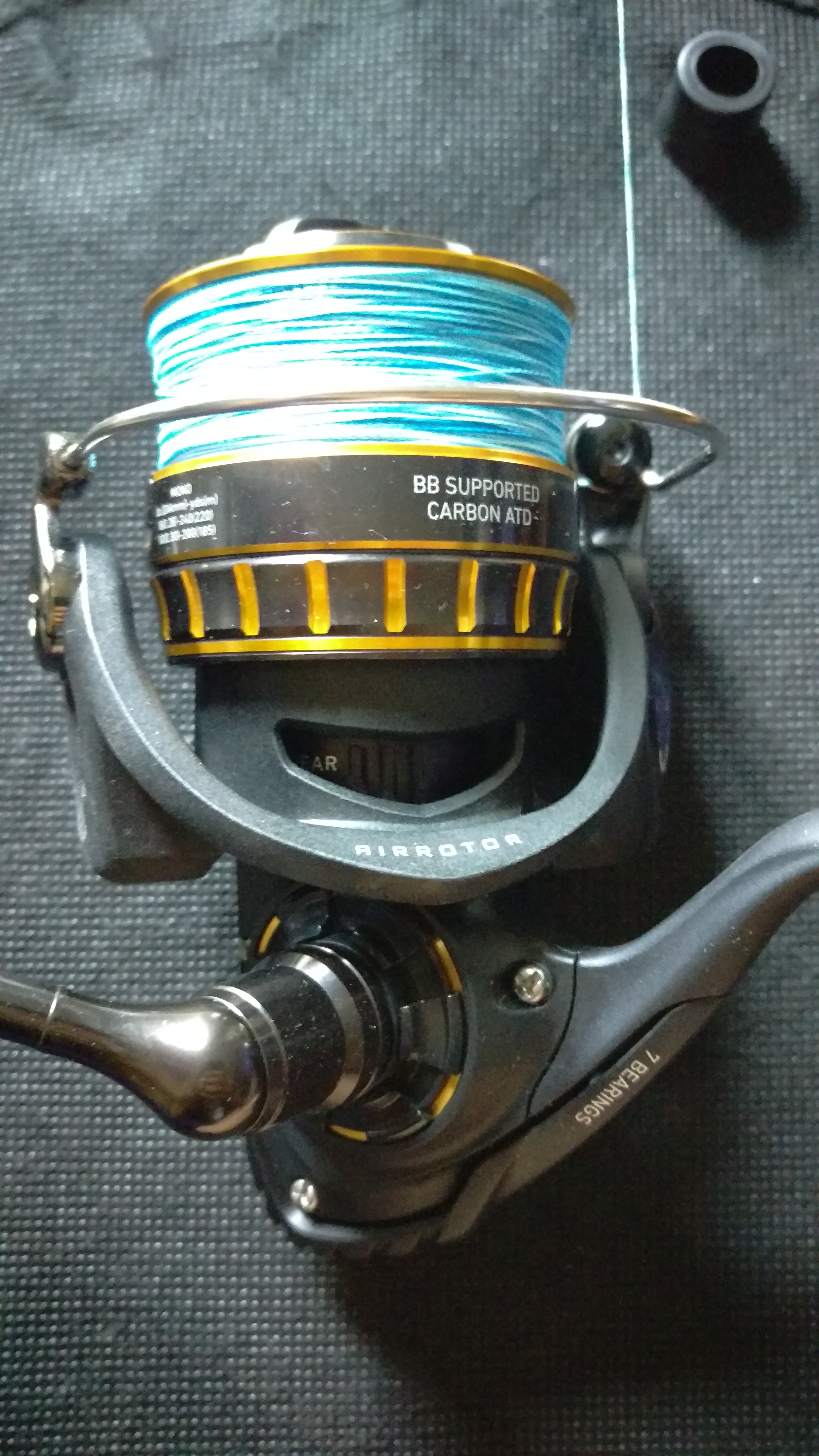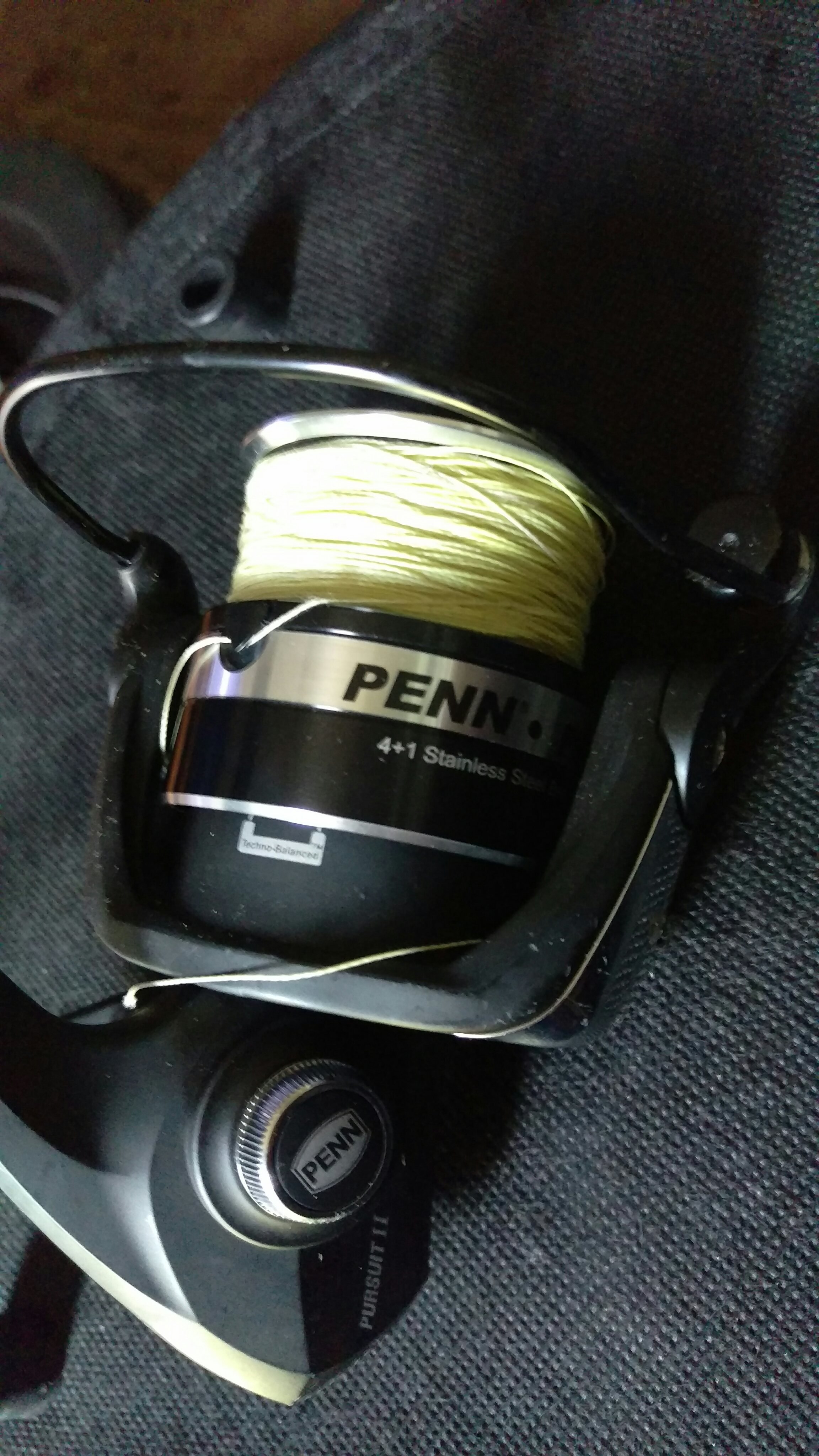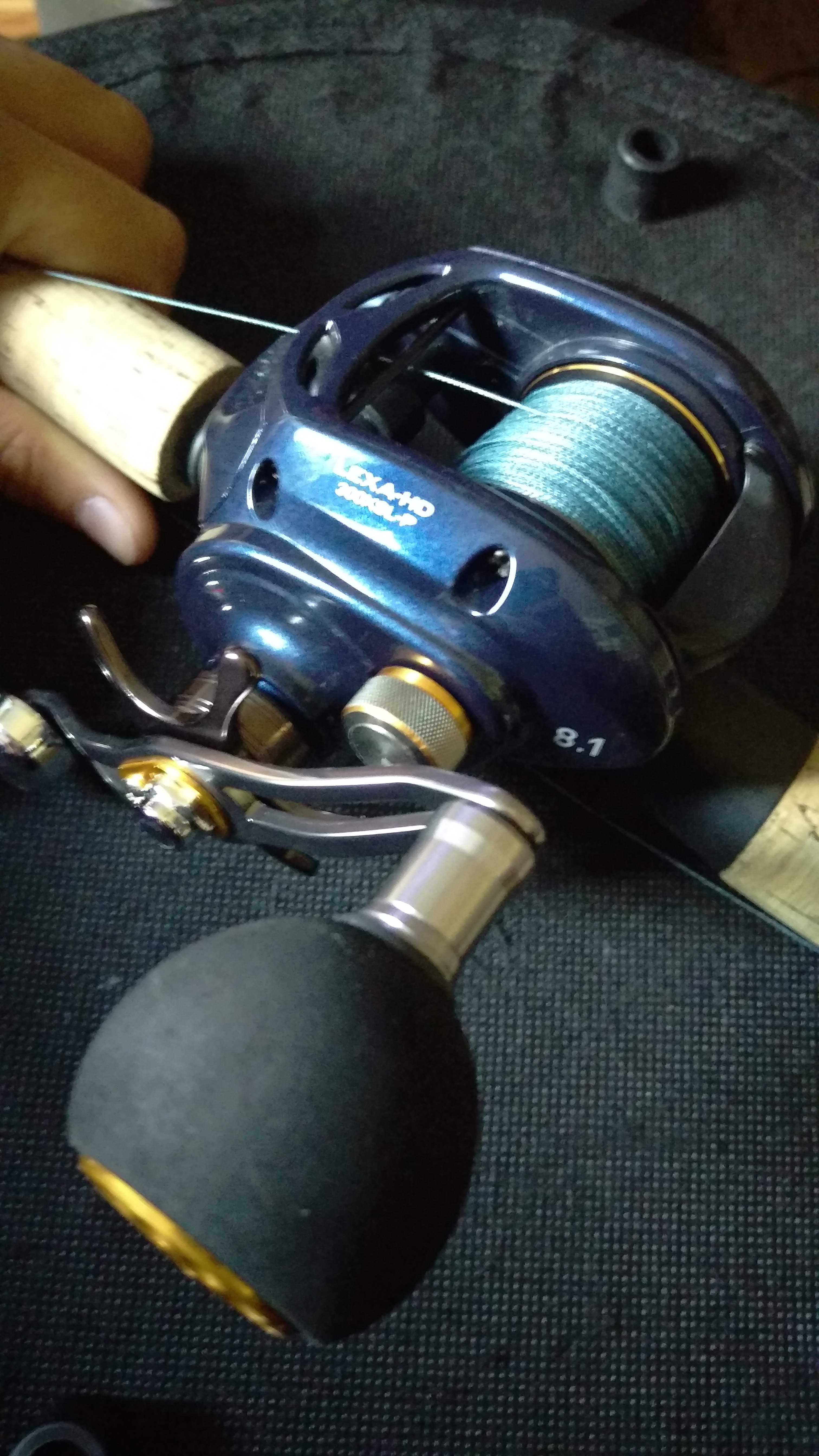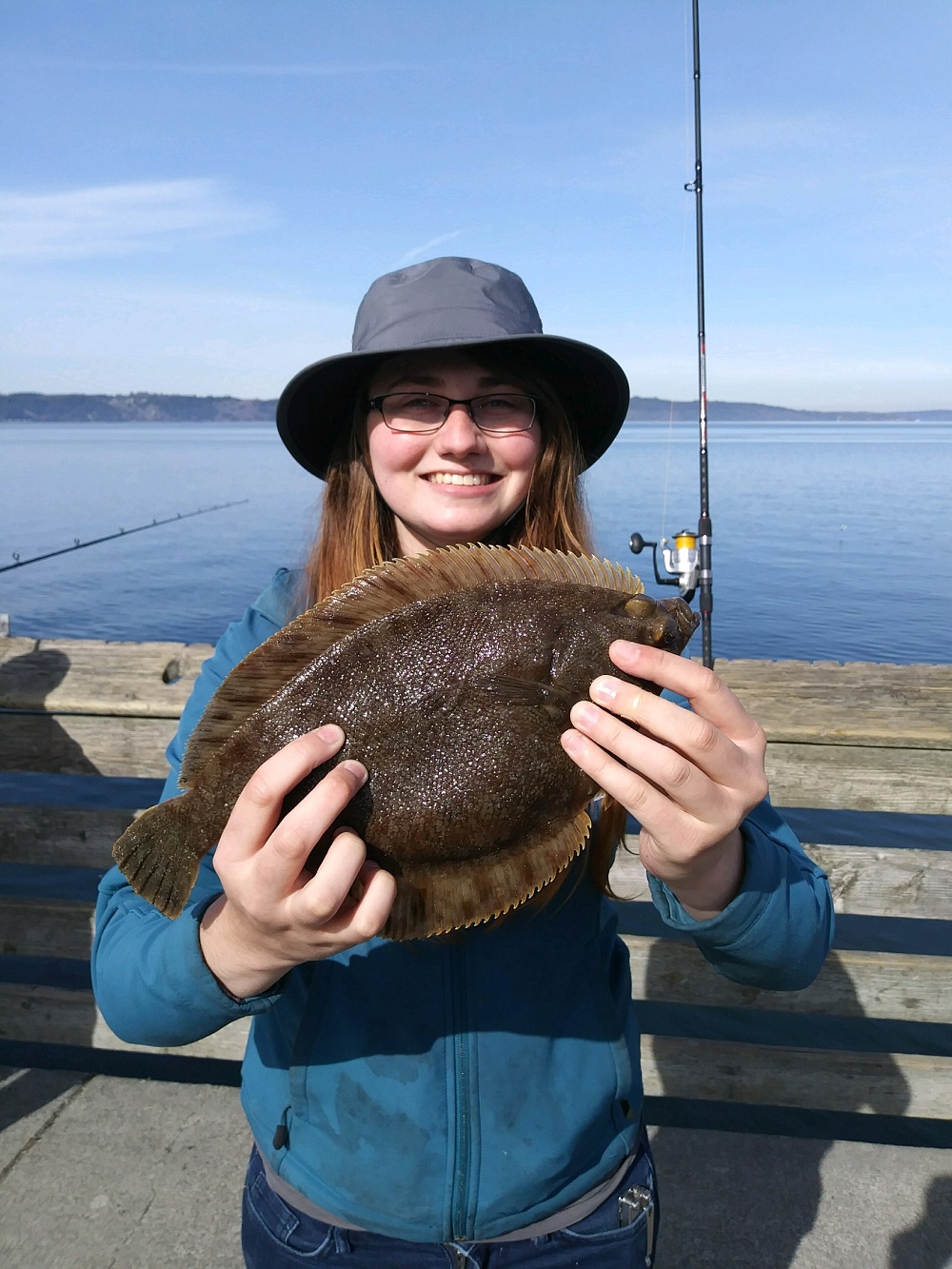Search
Latest Articles
Tackle Tips for Summer Trips
by Hannah Pennebaker , July 07, 2019
What to Look For
When looking for a new saltwater reel for your collection, it's a good idea to see if it is saltwater rated or has sealed bearings. These are less common features in bait casting reels, so many saltwater fishermen use spinning tackle. Bearing count also matters in terms of a smooth retrieve. A line roller bearing is a nice feature that will aid in this. The material that the reel is constructed in also matters. The Daiwa BG, for example, has an aluminum body, which is extremely tough but does add weight. The Shimano CI4+ has a lightweight, resilient composite body. Weight is certainly something to keep in mind if you're going to be casting all day. If you go on jetties or tend to drop your reel, go for a tougher aluminum one. Additionally, many anglers have a preference for a certain handle grip. Power handles are great for larger reels, as they allow you to palm them for extra leverage. Newer Penn reels are coming out with a "T" shaped handle, which is a great balance between palming and using your finger tips to reel. Test out a few reels at the store before making your choice. You can always swap out reel handles later. Something that is easy to overlook is bail width. Penn, Lew's, Abu Garcia, and newer Daiwa's tend to use a thicker bail wire. Penn in particular makes an oversized bail, which makes it easy to flip. Older reels tend to use thin bail wire, which can be flimsy at times, but is harder to accidentally flip. Again, this all comes down to personal preference. Pay attention to the drag rating and material. Felt washers will do just fine, but carbon washers are preferable for long term durability. Overall, look for more bearings, sealed or saltwater rated bearings, a tough body, and your preferred handle grip and bail width.
Saltwater Reel Maintenance
No matter what you choose, make sure to rinse your reel after every outing and do a thorough cleaning at the end of the season to remove sand and salt buildup. Prior to using a new reel for the first time, I disassemble it and coat every inner opening and gear where saltwater and sand can get in with Penn Precision Reel Grease. This leaves you better protected, and gives you a familiarity with the assembly of your new reel. If your reel is Magsealed (more on that later), make sure to rinse your reel gently, and take special care not to get sand in it. Daiwa has not made their Magseal fluid available for sale, so you must either send it in for servicing, or take it to a specialty shop. Take proper care of your new reel and it will serve you well for many fishing trips.
Surf Fishing Reels
For surf fishing, I recommend a 3000 to 4000 size reel, depending on what you're comfortable with. The old tradition of casting with "telephone poles", 12-15 foot rods with huge 6000 size reels, seems to be fading. 8.5-10 foot salmon/steelhead rods are the new trend. These setups are much lighter and easier to cast out in the surf all day. Most surf fishermen target red tailed surf perch, which are scrappy fighters on light tackle. Due to the nature of surf fishing, accidental saltwater and sand intrusions into your reel are all too common. Thus, it's important to get a durable, saltwater rated reel for this job. The Daiwa BG is a tried and true Pacific Northwesterner's reel, sturdy and reliable. It is a bit heavier due to the aluminum body, but unmatched durability is the trade-off. The BG is available at any sporting goods store for around $100. The Penn Pursuit is an excellent option if you're looking to spend less than $50. Penn products are well known saltwater tanks, and the Pursuit gives unmatched bang for your buck. If you're willing to spend more for fully sealed bearings, I'd recommend the fully sealed Penn Spinfisher or a Van Stahl. Surf fishing is particularly hard on reels, so always remember to rinse after every outing.
Pier Fishing
Another option for saltwater fun is fishing at any one of the numerous piers around Puget Sound. I like a lightweight but sturdy setup for this, because you're never sure if you're going to hook onto a small flounder or a huge, toothy dogfish. With that in mind, I've been impressed with Daiwa's new LT "light and tough" lineup. If you decide to try one, you won't be disappointed. The Daiwa Fuego LT 4000 clocks in at just around 7 ounces, but don't let its light weight fool you. Folks on the eastern side of the country use them for tarpon fishing! The Fuego, and others of the LT line, is magsealed, which is Daiwa's magnetically sealed bearings. It makes for an extremely smooth and protected reel. The Tatula LT and Ballistic LT are fantastic lightweight options. Another tried and true option is the Penn Fierce. It is the brother of the $100 Penn Battle, and provides a nice middle ground between that and the Pursuit . You can't go wrong with anything in Penn's lineup. Another common sight at saltwater piers is the Shimano Stradic CI4+. Buttery soft and lightweight, Stradic's will last years with regular maintenance. Shimano makes other great saltwater reels such as the Nasci and the Socorro. The Nasci is around $100, like its competitors, the Penn Battle and Daiwa BG. The Pflueger President is one of the smoothest, toughest spinning reels I've ever used. Another less common, but very viable, reel is the Tsunami Shield. It holds up to saltwater abuse well, and looks good doing it. Any of these options will certainly land you many fish at a saltwater pier for years to come.
Jetty and Boat Fishing
Most of the time, I like to use the lightest tackle I can get away with. But sometimes you just need something that will get the job done right. Everyone from the Westport jetty fisherman to the charter boat guide needs a strong, durable reel. For heavy duty baitcasters, the Daiwa Lexa HD and the Shimano Curado can't be beat. The Lexa has unparalleled smoothness and will hold up to the biggest lingcod out there. If conventional or trolling reels are your game, look no further than a Penn Squall or Penn Senator. Charter boats have been using both these large reels for years. If you want to stick to spinning reels, the Daiwa BG, almost any Penn reel, or the Okuma Cedros, in 5000 to 6000 size will do the trick. Make sure to get a reel with high drag capacity if you're going for big game fish. Felt drag washers are standard for budget reels, but carbon washers featured in higher end reels will last longer and give you better holding power for those big fish. It's a good idea to check on your drag washers every few trips; the heat from the friction on your drag will wear them down over time.
Be sure to try out these reels the next time you're at your local tackle shop. With seasonal maintenance and regular rinsing, they are all tough enough to hold up to saltwater for years to come. Happy fishing!
Hannah Pennebaker graduated from Pacific Lutheran University with a degree in Environmental Studies. She enjoys both freshwater and saltwater fishing adventures in the Puget Sound area with her fishing group, the Straw Hat Fishermen.



